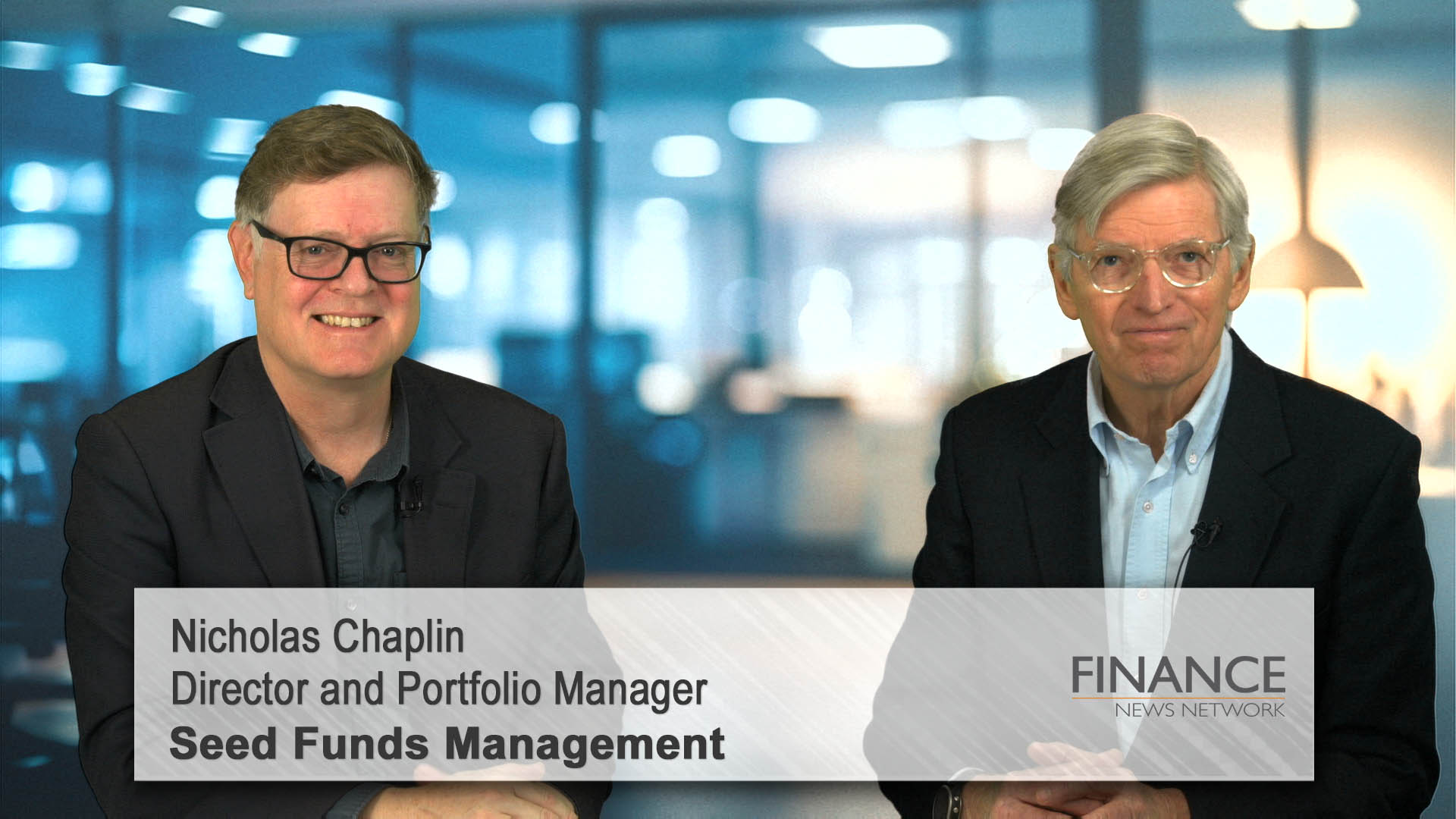by Andrew Fleming – Deputy Head of Australian Equities
July bucked the trend of the year. To use the parlance of The Hangover, when asked “Are you ready to let the dogs out?”, the market answered aggressively in the affirmative. While the economy continues to be strong in the face of early increases in interest rates, the bond market rallied in anticipation of subsequent economic weakness. Those equity market stocks which had proven most sensitive to bond yield movements through recent years, most notably high multiple and IT stocks, performed on cue; the dogs were let out and ran amok, seeing our relative portfolio performance suffer.
We doubt this renaissance in growth stock performance will prove durable, however, and continue to believe that inflationary pressures, while most likely peaking this year, will prove sticky, preventing inflation reverting to the 2% and lower levels that characterised the past decade. Energy prices, and hence food prices, will settle at higher levels than we have been used to, and labour cost pressures will prove tricky to quickly abate. Economic growth continues to be very strong – the US has generated one million jobs in the past two months – hence meaningful cash rate increases will continue through this year, with Australia following the US lead. Between energy, food prices and interest rate increases, cost pressures will bite into household budgets and corporate earnings through the coming year.
Quality should come to the fore
Reporting season will consequently be interesting for many industrial operating companies because of cost pressures and how they are managed. The resource sector has proven more adroit at managing costs through recent years, yet cost blow outs have been a feature of the sector through recent months. The strength in the economy means that revenues should be strong for industrial stocks almost without exception, but we expect different capabilities in managing cost pressures to lead to an immense divergence in operating results. The management of mounting cost pressures and the cashflow strains attaching to inventory build ups and supply chain pressures means that quality should come to the fore.
The revenue strength reflects the most unusual confluence of events that have arisen through the past year. Unemployment at its lowest level in decades; interest rates increasing, albeit only recently and from a zero base, with the compounding effect of immense liquidity injections by central banks; commodity and energy prices at multiples of the top of the cost curve; and government deficits yet to be materially weaned away from the emergency settings struck in response to COVID, are an unusual mix but together have proven an explosive mix for strong economic growth, spawning the inflation spectre. For example, retail sales in Australia have followed a remarkably stable trend through 40 years, until COVID, since when with the initial
fall in confidence, and subsequent boosts with stimulus payments, retail sales have proven volatile. Sales are now tracking circa $40b above trend, seeing the sector over-earning by many billions. As interest rates continue to increase, we expect this to revert and the sector to come under pressure. It remains one of our larger underweight positions.
High multiples may be fragile
In this context, that the valuation dispersion between higher and lower multiple stocks remains high surprises us. Whilst it converged somewhat through this year, July saw it diverge materially again, with IT stocks again to the fore. Interestingly, this is despite and not because of earnings, with expectations continuing to be wound back almost without exception for the higher multiple stocks in that sector. This is why we continue to believe these high multiples may continue to prove fragile. When stocks are priced on revenue multiples, the investment highlights tend not to be led by cost reductions. And yet many of the better performers through July were led by this new mantra, reducing costs and cash burn. ZIP sizzled after terminating a merger with Sezzle, and although revenues fell short of expectations, they re-iterated cost initiatives. Megaport was another strong performer driven by reduced costs relative to expectations, as was Kogan. Kogan saw revenues decline year on year; and yet, again, cost reductions were the strategy du jour. As indeed is the case now for the Afterpay segment within Block, again years before maturity had been previously forecast.
When organic growth becomes all too hard, M&A is the traditional go to. The ANZ acquisition of Suncorp’s banking business for $4.9b during the month was another example of strategy trumping execution. ANZ has consistently lost market share in retail in recent years due to mismanagement, notwithstanding a customer base multiples larger than Suncorp’s banking business. Through a relentless focus upon simplifying systems, NAB’s remediation of a poor starting position in its retail business in recent years, and the subsequent rerating this has attracted, goes to prove that such issues are able to be remediated and indeed are highly valuable to shareholders when done. Alas, ANZ has turned its back on this operational path to value creation, and instead chosen to increase the complexity in its retail business at a price of 1.3 times NTA. This is a poor strategic choice, likely to lead to value destruction at least equal to the premium paid above NTA. The greater cost to shareholders may prove to be the removal of the option shareholders held in ANZ replicating the NAB experience by improving its operational competence, and hence returns in its retail bank, given the distraction of the acquisition. The only good news with this transaction is that it meant ANZ did not complete its mooted acquisition of MYOB, also for more than $4b, which if completed would have seen value erosion far greater than that attaching to the Suncorp acquisition. M&A has been a great detractor of value for the banking sector in Australia for thirty years, with scarcely a valuable deal to be found (outside of Macquarie) amid outlays of circa $100b in that time. The best performing banks through time – CBA and Macquarie – have been those most focused upon organic growth through operational excellence. Given the operational headwinds facing the sector once rates normalise, shareholders’ interests may be best served through an ever-greater focus upon execution.
Outlook
When confronted with the unforeseen in The Hangover, the cry was unleashed: “You ready to let the dogs out?”. That was the call in the bond market in late June and through July and the equity market followed on cue, with high multiple and IT names, especially, rallying aggressively. This is a paradigm which had been a winning one in recent years, however for several reasons we suspect this flurry shall not prove durable. Firstly, multiple divergence between high and low multiple stocks has again reverted to a level rarely seen in history. For it to continue to widen becomes increasingly difficult, unless earnings surprise in the favour of the higher multiple cohort. That is not happening; the most curious aspect of earnings releases coming from high multiple names to date is the lack of expected revenue growth and the narrative switching to cost reductions and an improvement in cashflows. The third reason we suspect this multiple divergence may converge is that inflation pressures are not abating quickly and several structural changes – such as the ironically named US Inflation Reduction Act – will prevent this occurring. We continue to believe that harder assets will continue to produce higher relative cashflows and can continue to be brought at lower relative multiples than financialised peers, and our portfolio is positioned accordingly.
The Schroder Australian Equity Fund invests in a broad range of companies from Australia and New Zealand, and aims to outperform the S&P/ASX 200 Accumulation Index after fees over the medium to long term.













